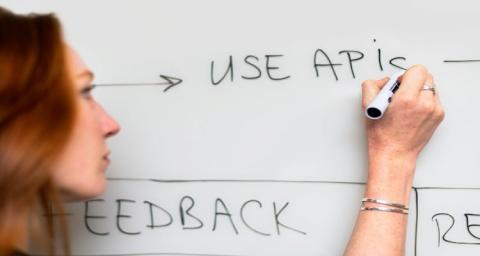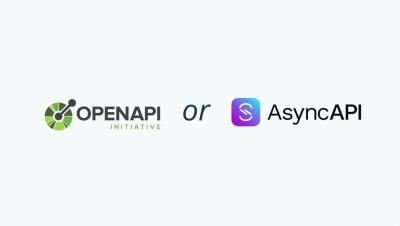WSO2 Identity Server User Authentication in a Next.js Application
Next.js is an open source React web development framework built on top of Node.js. The Next.js framework is known for: With the help of the NextAuth.js library, I will explain how to authenticate a user in a Next.js application with WSO2 Identity Server. NextAuth is an open source authentication solution for Next.js applications. More information about NextAuth.js is available here.











